Banaue Rice Terraces : A Handcrafted Wonder of the Ifugao

Northern Luzon, a serene region of highlands and quaint villages, is one of the Philippines' most picturesque rustic destinations. Nestled within this scenic landscape are the Banaue Rice Terraces , a breathtaking sight that seems to cascade endlessly down lush, green hills. Often hailed as the "Eighth Wonder of the World," these terraces are a marvel of ancient agricultural ingenuity.
A Hand-Carved Masterpiece
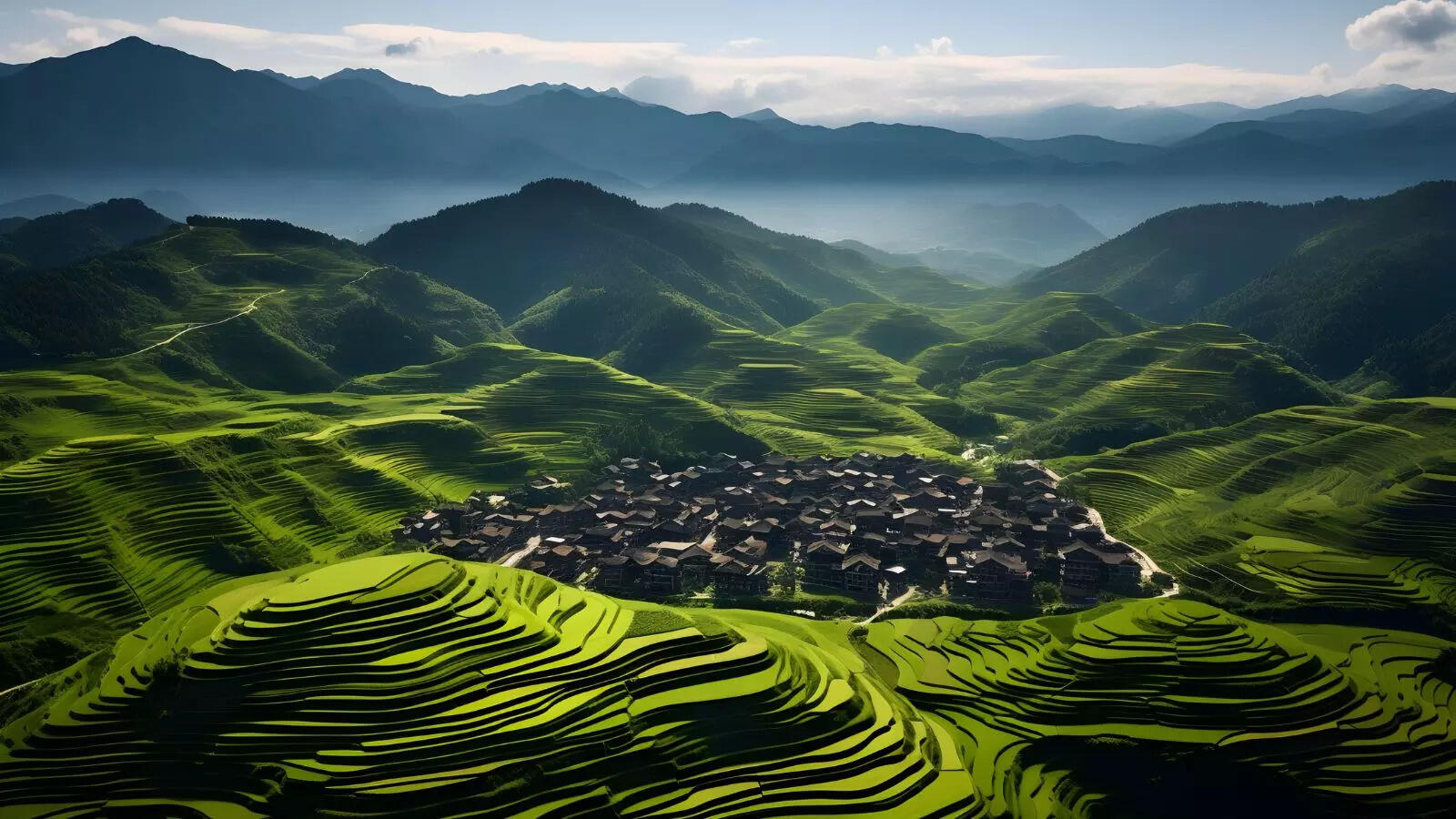
Perched 1,500 meters above sea level, the Banaue Rice Terraces were meticulously carved by hand over 2,000 years ago by the indigenous Ifugao people. These terraces follow the natural contours of the mountains, creating a seamless blend of human craftsmanship and nature. Their construction is a testament to remarkable engineering skills, featuring mud walls that have withstood centuries of use.
An Ingenious Irrigation System
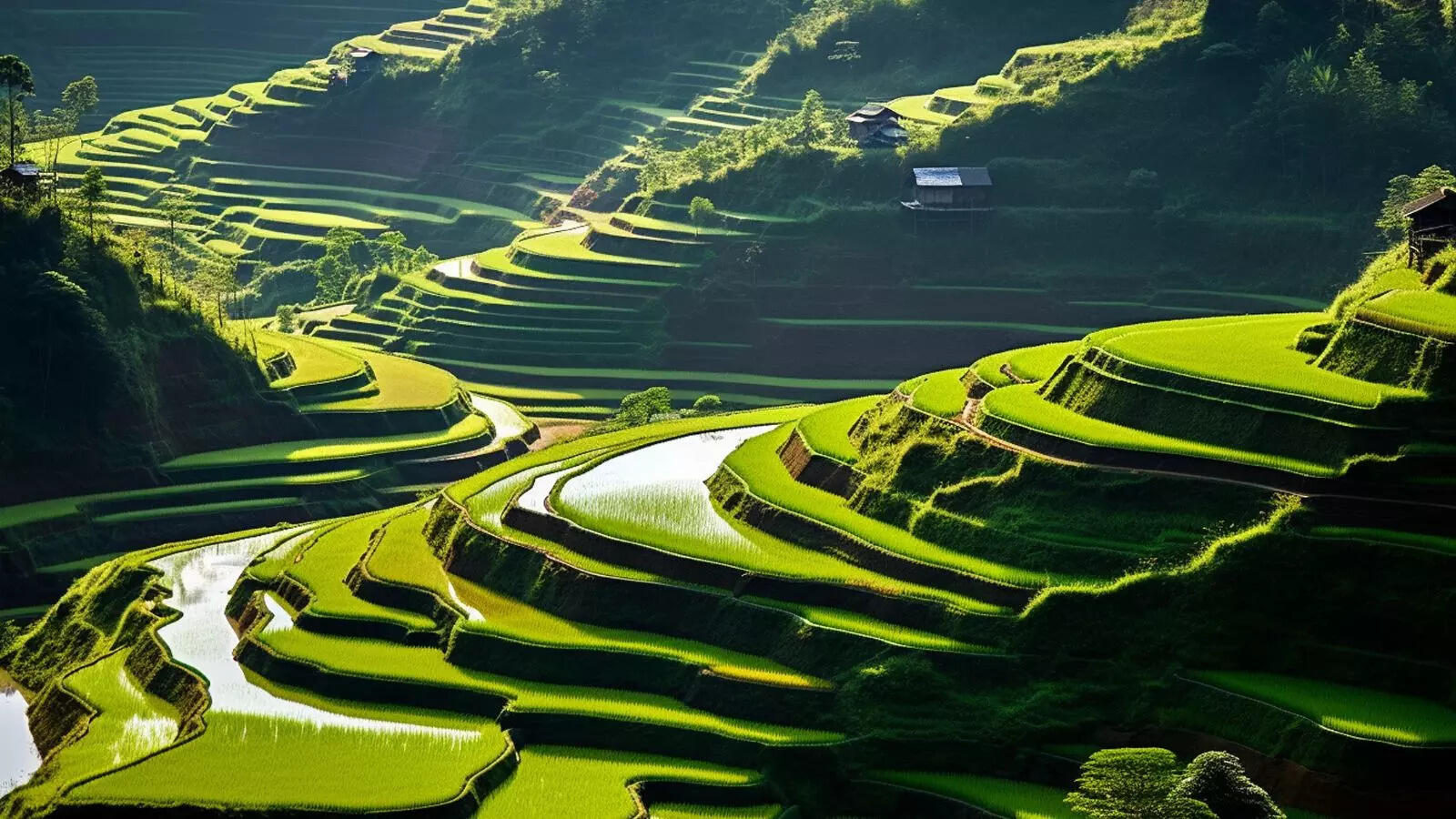
The terraces are sustained by an intricate irrigation system designed by the Ifugao. This system ingeniously channels water from the mountaintop forests into the terraces. Two essential elements make it work: sturdy retaining walls built from rammed earth to hold the water and a network of channels that direct water into the rice fields. However, recent droughts have threatened this ancient system, highlighting the need for ongoing conservation efforts to preserve this wonder for future generations.
A Living Cultural Treasure
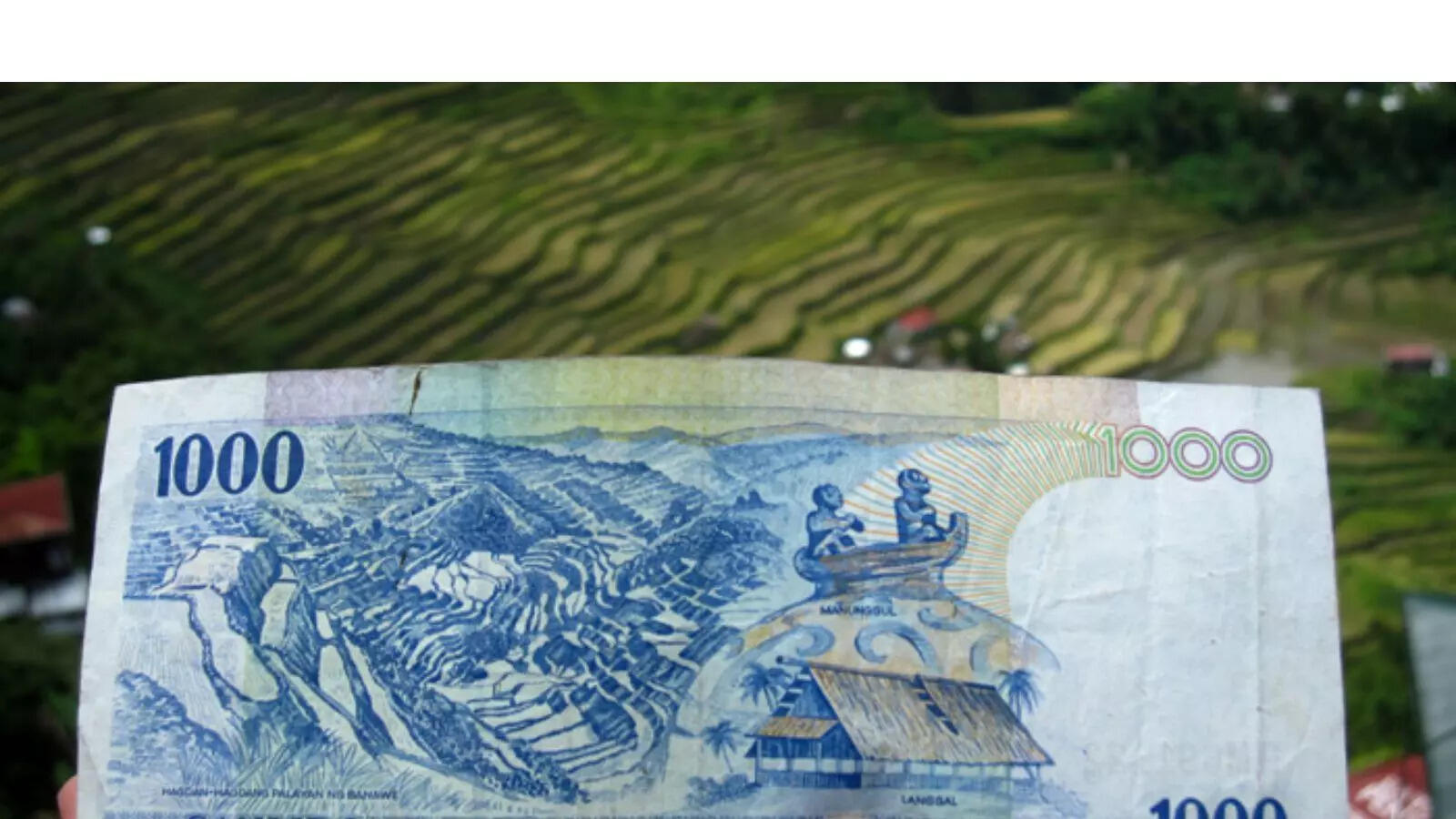
In 1973, the Ifugao Rice Terraces, including Banaue, were declared a Philippine National Cultural Treasure. Spanning over 10,360 square kilometers, these terraces symbolize the enduring legacy of the Ifugao people, who have called the mountains of northern Luzon home for millennia. Their cultural significance is such that they are featured on the 20-peso and older 1,000-peso banknotes, a fitting tribute to their historical importance.
A Festival of Thanks
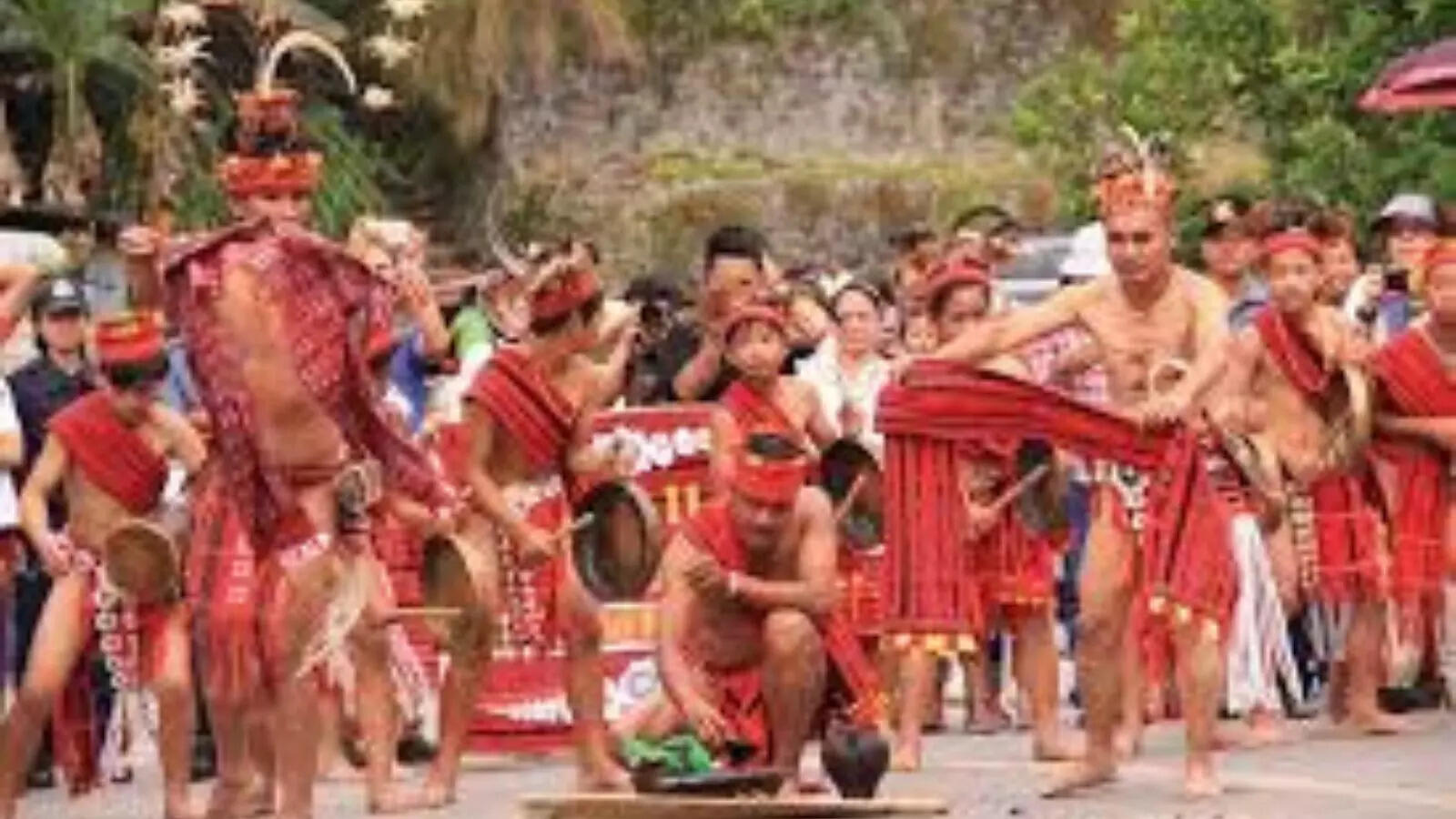
For the Ifugao, rice is more than a staple; it is a way of life. Their cooperative farming system involves entire communities working together in harmony, following cyclical planting and harvesting rituals tied to the lunar calendar. These practices culminate in the grand Imbayah festival, held every three years. This nearly two-week celebration showcases traditional Ifugao culture through dances, parades, wooden scooter races, and festive gatherings.
The festival is also a time for thanksgiving, with offerings of bayah (fermented rice wine) and rice cakes to honor the gods for a fruitful harvest. Visitors are invited to immerse themselves in the vibrant spirit of the Ifugao, making the experience unforgettable.
When to Visit
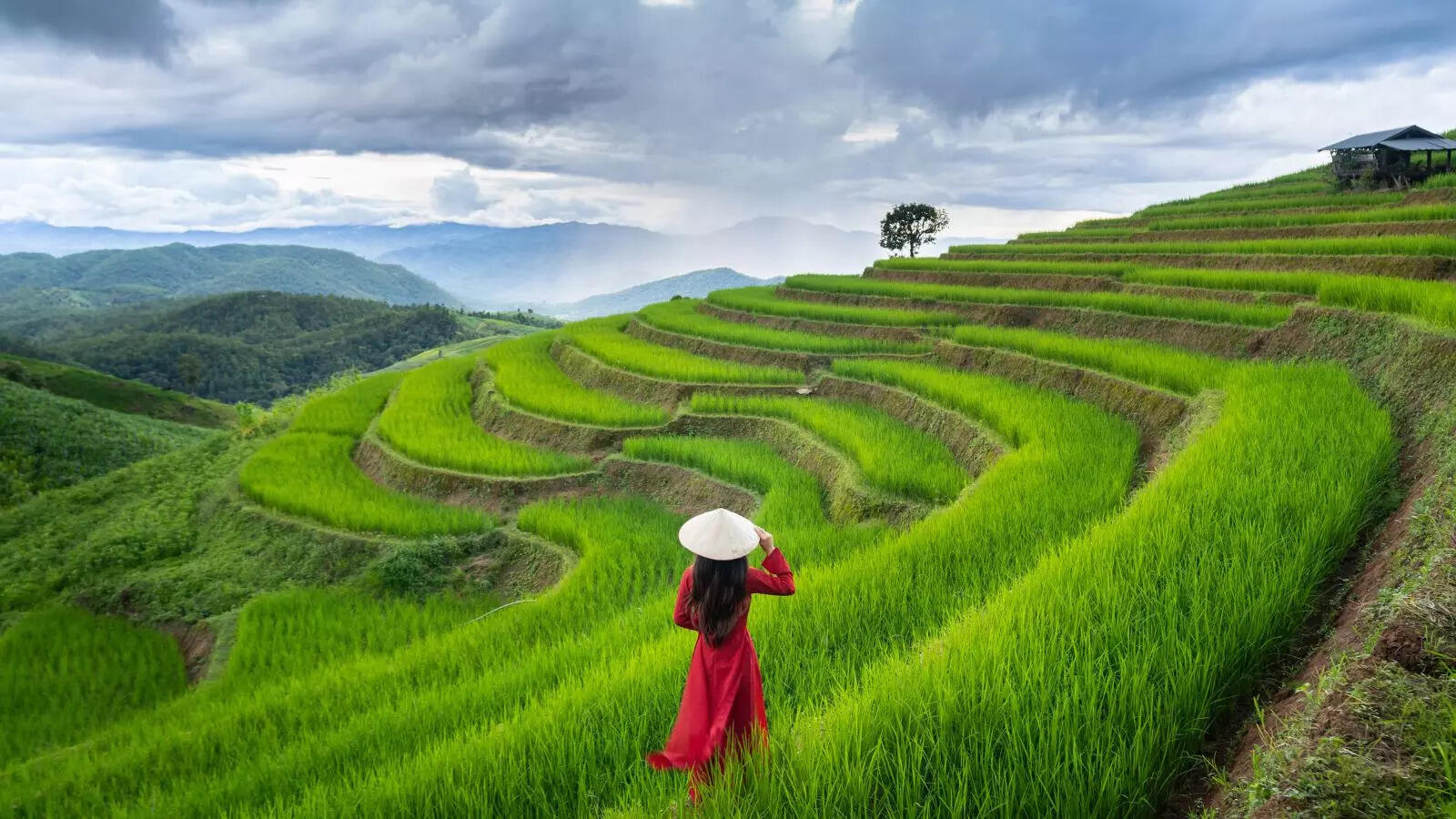
To witness the terraces in their full green glory, plan your visit between April and May or October and November. During these months, the lush fields are at their most vibrant, offering a spectacular view of this timeless wonder.
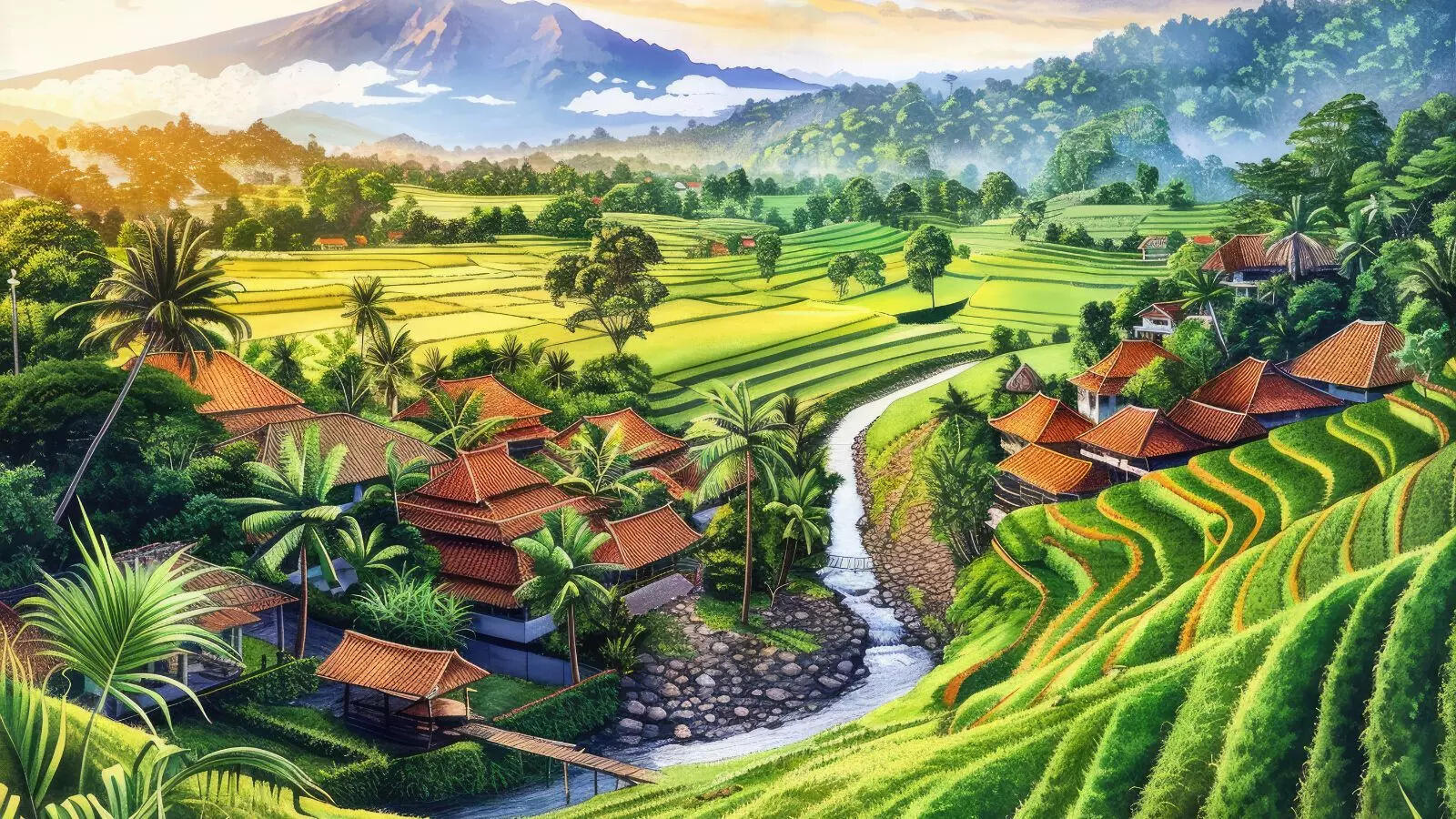
The Banaue Rice Terraces are more than just a breathtaking landscape; they are a living testament to the harmony between nature and human innovation. Whether you're drawn by the history, the culture, or the stunning views, a trip to Banaue promises an experience that lingers long after you've left.